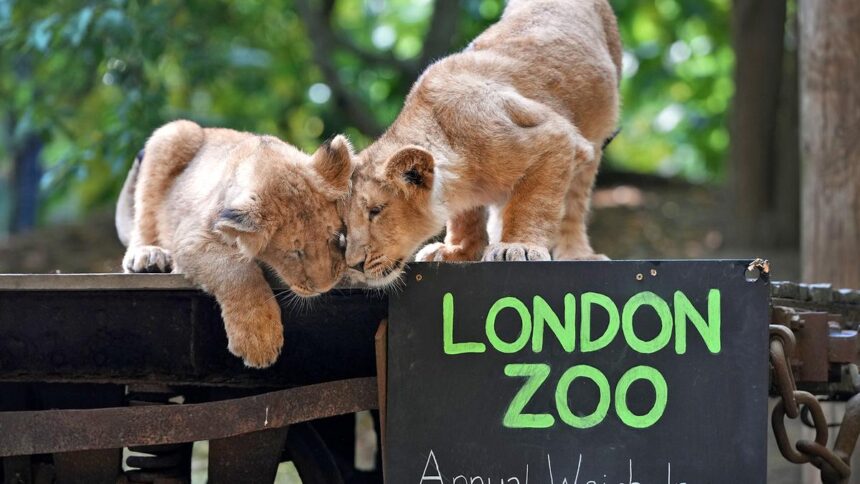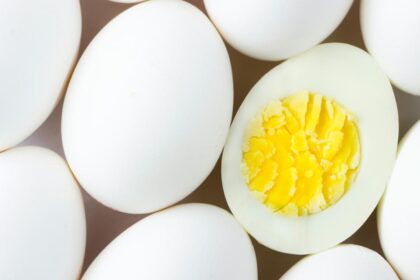What is a Scientific Zoo?
Also known as zoological gardens, scientific zoos are park-like areas where animals are housed primarily for scientific study, conservation, and public education. These zoos often prioritize research and conservation efforts, studying animal behavior and genetics, and nurturing breeding programs. They also play a crucial role in educating the public about wildlife and conservation initiatives. The welfare of the animals in the zoo is of utmost importance.
The Man Behind the London Zoo
The London Zoo was founded by Sir Thomas Stamford Raffles in 1828. Born in 1781, Raffles had a short but adventurous life, including founding modern Singapore and serving as the Lieutenant-Governor of Java. He also established the oldest school in Singapore, Raffles Institution. As a naturalist, Raffles collected a vast array of plants, animals, birds, and fish, but this collection was lost when the ship carrying it back to England caught fire.
Raffles set up the Zoological Society of London (ZSL) along with Sir Humphry Davy in 1826, bringing together scientists, collectors, and other gentlemen. The Society’s goal was to form a collection of animals that could be studied for the advancement of zoological knowledge. A lease on an area of Regent’s Park was obtained in 1826, and Decimus Burton, a young architect, was tasked with planning the zoo, including designing animal accommodations and laying out the gardens.
Shortly after establishing the ZSL and becoming its first president, Raffles unexpectedly died in 1826, aged 45. Despite this setback, the members of ZSL ensured that Raffles’ dream came true, and the London Zoo was set up and opened to its members on April 27, 1828.
What is a Stocktake?
Nearly 200 years since its establishment, the London Zoo continues to thrive and is home to over 10,000 individual animals. The annual stocktake, a requirement for the London Zoo to retain its zoological license, is when zookeepers count every mammal, bird, reptile, and invertebrate in the zoo. This task is not as simple as it seems, as counting large mammals might be easy, but the same cannot be said for the diverse collection of invertebrates.
The annual stocktake at the London Zoo typically lasts a week. The information gathered is shared with other zoos worldwide through a database called ZIMS Species360. This data helps manage worldwide conservation breeding programs for endangered animals.
Famous Residents
There have been many animals that have been crowd pullers and have gone down in history for their role. Here are some of them:
Guy the Gorilla
A western lowland gorilla, Guy the gorilla was almost a celebrity at the zoo from 1947 to 1978. He arrived at the zoo on November 5, the day of Guy Fawkes Night, mainly in Great Britain. Guy was considered a gentle giant and even cradled birds in his hands before setting them free again. There is now a gorilla statue at the entrance to the London Zoo as a tribute to Guy.
Jumbo the Elephant
For 17 years from 1865 to 1882, the London Zoo was home to an African bull elephant named Jumbo. Reaching a height of 11 feet, Jumbo towered over the hundreds of visitors who came to the zoo to catch a sight of this magnificent creature. Jumbo was captured as a baby in Abyssinia (modern-day Ethiopia) in 1861 and acquired by the London Zoo as a small male elephant from France. In February 1882, U.S. circus showman P. T. Barnum bought Jumbo, and he was accidentally killed in Ontario on September 15, 1885, when a freight train struck him while the circus was loading up to travel elsewhere. Jumbo is part of the way we speak now as he has gone down into our vocabulary. He served as the inspiration for the word "jumbo," which we now use to refer to something "very large, unusually large for its type."
Winnie the Bear
Did you know that the children’s story Winnie-the-Pooh was inspired by a resident of the London Zoo? Winnie was a female black bear that lived at the zoo for two decades from 1914 until she died in 1934. Author Alan Alexander Milne encountered Winnie during a visit to the zoo with his son Christopher Robin. Inspired by the bear, Milne changed the name of his iconic character from Pooh to Winnie-the-Pooh.
Reference : https://www.thehindu.com/children/welcome-to-the-london-zoo/article69460220.ece








